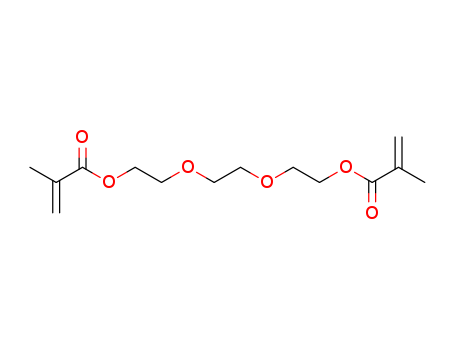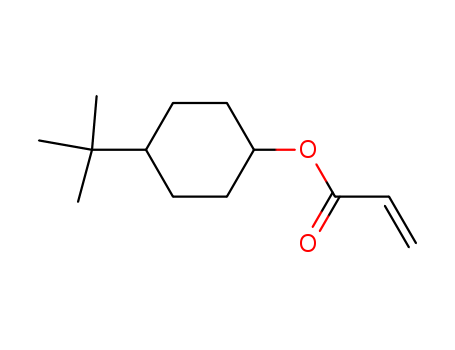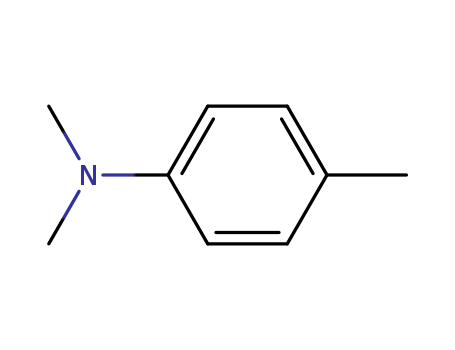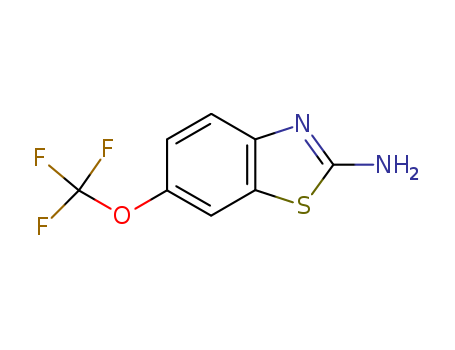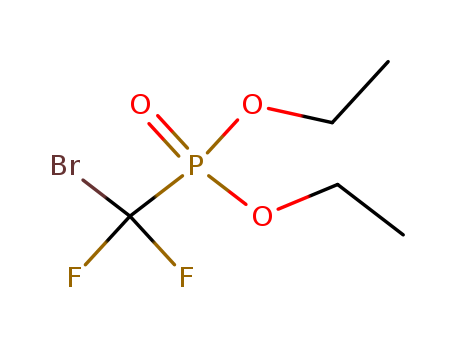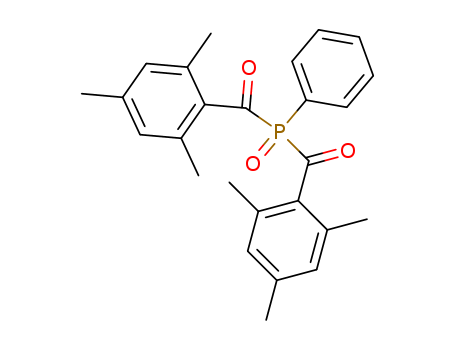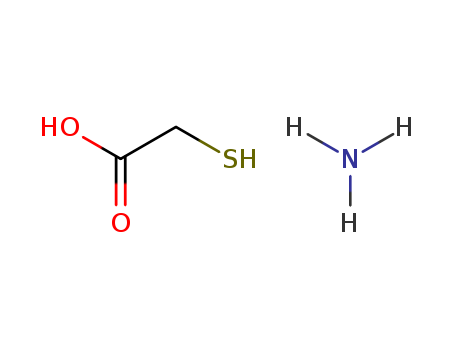
5421-46-5
- Product Name:Ammonium thioglycolate
- Molecular Formula:C2H7NO2S
- Purity:99%
- Molecular Weight:109.149
Product Details
Buy Quality Ammonium thioglycolate 5421-46-5 In Stock with Immediately Delivery
- Molecular Formula:C2H4O2S*H3N
- Molecular Weight:109.149
- Appearance/Colour:Clear colorless solution with characteristic odor
- Vapor Pressure:0.0314mmHg at 25°C
- Melting Point:-10oC
- Boiling Point:225.5 °C at 760 mmHg
- Flash Point:99.8 °C
- PSA:78.93000
- Density:1.311g/cm3
- LogP:-0.95770
Ammonium thioglycolate(Cas 5421-46-5) Usage
|
General Description |
Colorless to faint pink liquid with a repulsive, skunk-like odor. |
|
Air & Water Reactions |
Water soluble. |
|
Reactivity Profile |
Ammonium thioglycolate may be sensitive to heat. Ammonium thioglycolate is incompatible with acids. |
|
Fire Hazard |
Flash point data for Ammonium thioglycolate are not available. Ammonium thioglycolate is combustible. |
|
Flammability and Explosibility |
Notclassified |
|
Contact allergens |
This substance is contained in “basic” permanent waves solutions and causes contact dermatitis in hairdressers. |
|
Safety Profile |
Poison by intravenous and intraperitoneal routes. An allergen; can cause contact dermatitis. Emits hydrogen sulfide. See also SULFIDES. When heated to decomposition it emits very toxic NOx, SOx, and NH3. |
|
Chemical concepts related to perms |
When discussing the chemistry of perms, one should consider two chemical facts. First is the thiol-disulfide equilibrium: RSH + R'SSR' ? R'SH + RSSR' where R and R' are organic substituents such as methyl (-CH3), ethyl (-C2H5), or -CH2COO-. The thiol-disulfide exchange reaction is accelerated by bases such as ammonia, because the base generates some thiolate anion (RS- ), which attacks the disulfide. Thus the ammonia plays multiple roles (and more, see below) in this application. The second chemical fact is that polar molecules are less volatile than nonpolar ones. So the glycolate substituent makes the thiol nonvolatile and hence non-odorous. An added advantage is that the glycolate confers some solubility in water. One could almost certainly use HSCH3 and ammonia to give a perm, but there would be serious olfactory consequences. |
|
The actual chemistry of perms |
A solution containing ammonium thioglycolate contains a lot of free ammonia, which swells hair, rendering it permeable. The thioglycolic acid in the perm solution reduces the disulfide cystine bonds in the cortex of the hair. In a sense, the thioglycolate removes crosslinks. After washing, the hair is treated with a mild solution of hydrogen peroxide, which oxidizes the cysteines back to cystine. These new chemical bonds impart the structural rigidity necessary for a successful perm. The rigidification process is akin to the vulcanization of rubber, where commonly polysulfide linkages are used to crosslink the polymer chains. However, not as many disulfide bonds are reformed as there were before the permanent. As a result, the hair is weaker than before the permanent was applied and repeated applications over the same spot may eventually cause strand breakage. |
InChI:InChI=1/C2H4O2S.H3N/c3-2(4)1-5;/h5H,1H2,(H,3,4);1H3
5421-46-5 Downstream products
-
116032-60-1
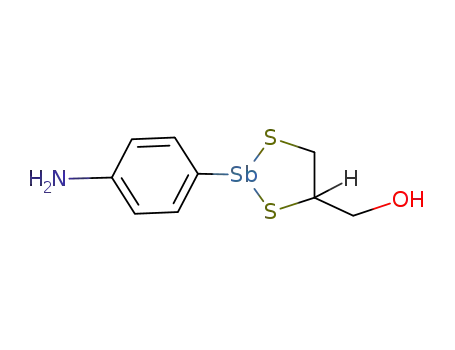
NH2C6H4SbS2C2H3CH2OH
-
110462-56-1
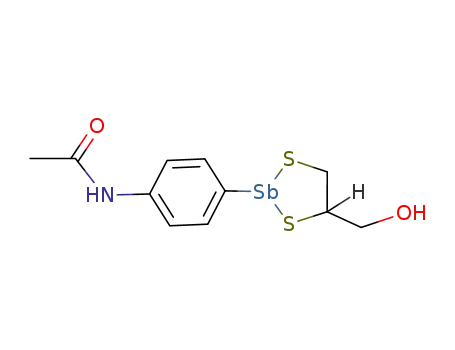
NH(COCH3)C6H4SbS2C2H3CH2OH
-
124483-39-2
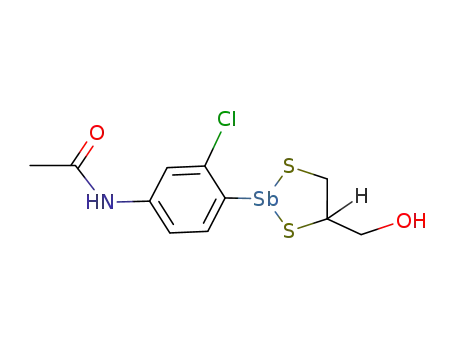
NH(COCH3)C6H3ClSbS2C2H3CH2OH
Relevant Products
-
Riluzole
CAS:1744-22-5
-
Diethyl bromodifluoromethanephosphonate
CAS:65094-22-6
-
Phenylbis(2,4,6-trimethylbenzoyl)phosphine oxide
CAS:162881-26-7


